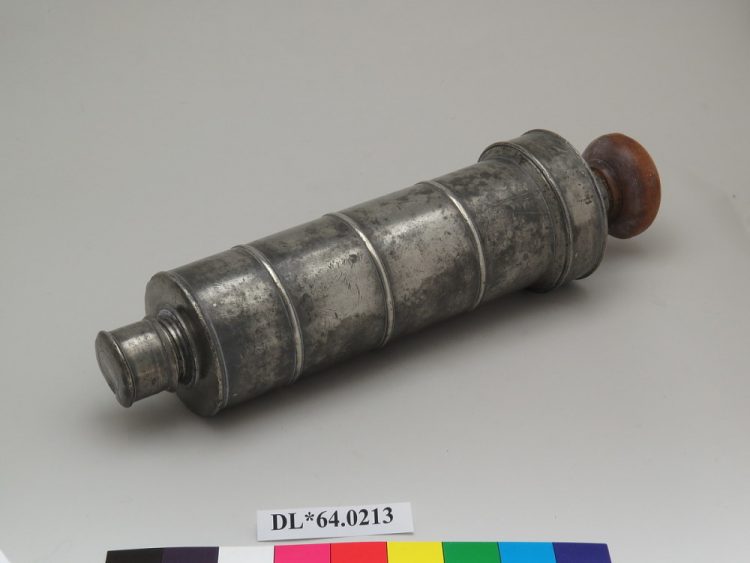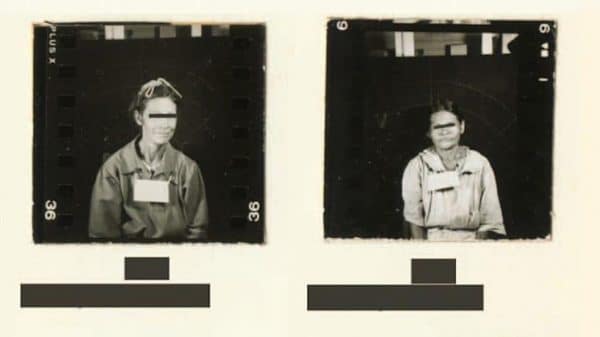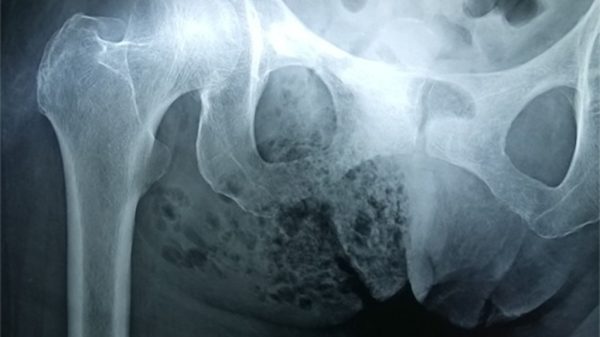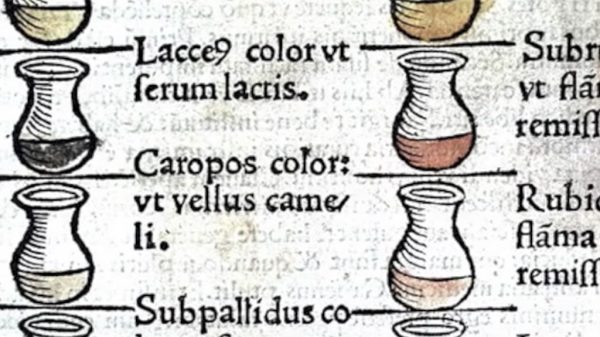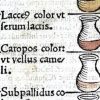One of the most controversial opinions I hold (upsetting to my family, friends, and maybe large parts of the world) is that modern medical practices are mostly fallible. I’m talking about Western medicine because this is what I’ve mainly witnessed and learned about. The more I’ve experienced and researched the medical history of places like Canada, the US, and Britain, the more I’ve learned that “good medicine” is basically whatever the majority of “experts” at the time say it is and whatever the public agrees to (which is basically anything a doctor tells them). It’s easy to look back decades and laugh in horror at the things that have been prescribed to adults and children alike – cocaine, heroin, mercury. But the question many people are afraid to ask is, what if the medicinal practices we engage in today become the barbaric jokes of 50 years from now? In decades, our descendants may write articles where they say, “can you believe they used to inject cancer patients with actual poisons, thinking it was a cure?” Or maybe, “in the early 21st century, doctors used to prescribe opiates for every pain imaginable, resulting in mass addiction and overdose deaths.” Haha, imagine that!
I’m either blessed or cursed with a healthy skepticism of medicine’s promises. I’m much more likely to look to traditional, non-invasive practices like energy therapies, nutrition, and exercise to boost my health or heal me. That being said, I keep my eye on what practitioners have historically claimed as effective treatments so that I’m not buying too heavily into any one method of healing. I’m not going to start eating cremains or drinking pee or cutting myself in order to feel better. Today I want to share five wacky medical practices from the last century that I feel both demonstrate the arbitrary nature of the science of medicine and the willingness of the public to allow doctors to do absolutely harmful things to them in the name of healing.
1. Osteo-odonto-keratoprosthesis (Tooth-in-eye)
This one was pioneered in the early 1960s, is actually still in practice, and is currently considered highly effective in curing blindness when other methods have failed. It’s a procedure whereby one of your teeth is extracted and used to create a functioning cornea. If you’ve suffered severe chemical burns to the eye, suffer from conditions that cause blindness, or rejected a cornea graft – this is a treatment for you. Doctors cut out the bad bits from your eye, take a mucosal skin graft from inside of your cheek and cover your damaged eye with it, make a little cylinder out of one of your teeth, and graft it into your cheek to “grow.” After a few months of cheek-on-eye and tooth-in-cheek, they finally go full-on cheek-and-tooth-in-eye. It works, with about 81%-85% of patients successfully regaining sight in their new “eye.” It looks super gross though, no offense.
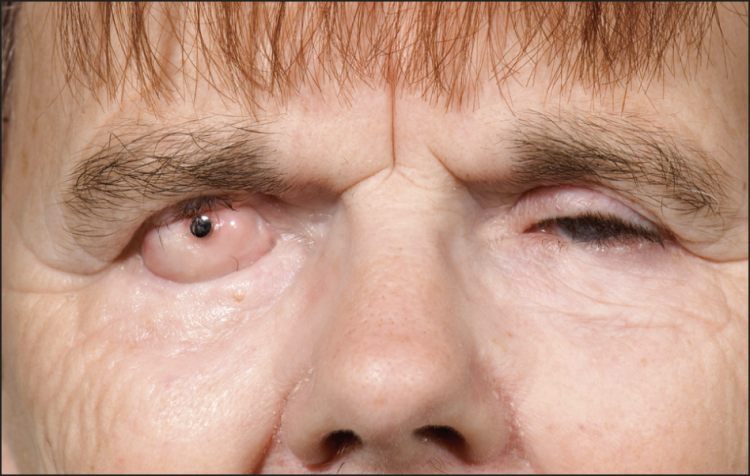
2. Paraffin Boob Jobs
No surprise here: male doctors have been obsessed with finding the perfect boob job procedure since 1895. OK – it started as a “reconstructive surgery” for patients with breast tumors, it went on to become a “reconstructive surgery” for women who’d had children (what about dad bod surgery?), and now it’s mostly a surgery for reconstructing self-esteem (I know I’m gonna catch flack for that one but FACTS).
Early breast augmentation was a procedure of injecting stuff into boobs to make them bigger, rounder, and more pleasing to the male gaze. And paraffin wax, because of its injectability and moldability, was considered a great substance to use – up until the 1970s in some places. Women who underwent paraffin wax boob jobs would often begin to experience symptoms a couple of years after the procedure. Symptoms like lumpy, painful breasts, formation of ulcers and tunnels inside their breast tissue, fibrosis, retracted nipples, cancer, and lumpy “orange peel” skin. Apparently, backstreet cosmetic practitioners still use it, probably giving you a great deal when you also get caulking injected into your butt.
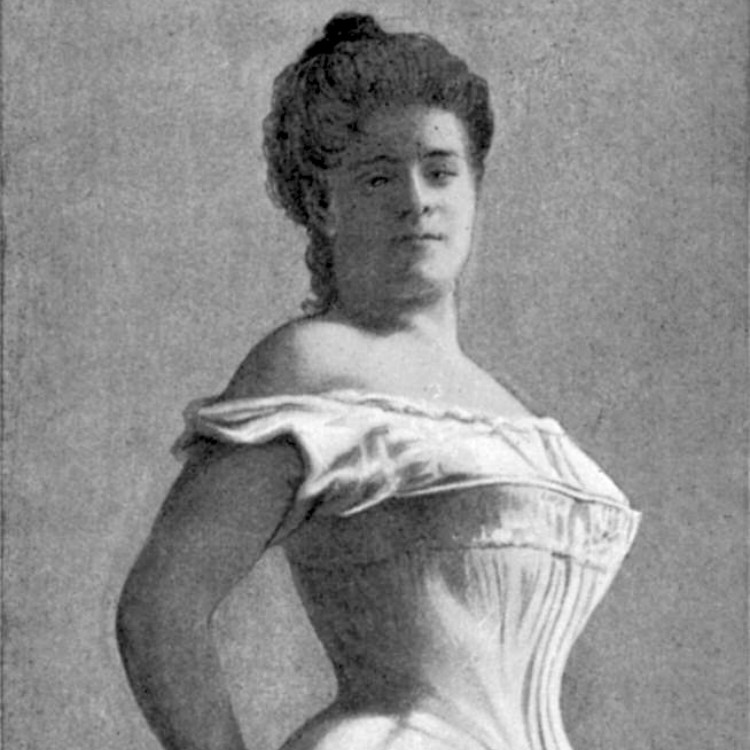
3. Ketchup pills
This one isn’t harmful per se (except for all that poisonous sugar), but when ketchup was first brought to the US from China in 1834, doctors were all over it. While the Chinese had enjoyed kê-tsiap as a condiment, doctors in America were like, let’s call it “tomato pills” and make BANK! So that’s what they did, starting with Dr. John Cook Bennett, who claimed it was a cure for anything digestion-related. Other doctors sold these pills as a cure for scurvy and healing broken bones. Obviously, it did none of that, which people eventually realized after making these doctors a lot of money. People just started eating ketchup with meals instead. And it officially became a “vegetable” in 1981 under the brilliant Reagan, but only for a month because they realized somebody had fucked up with that one. Although, a quick search for “tomato pill” shows that there a lot of people still selling them to dupes today.
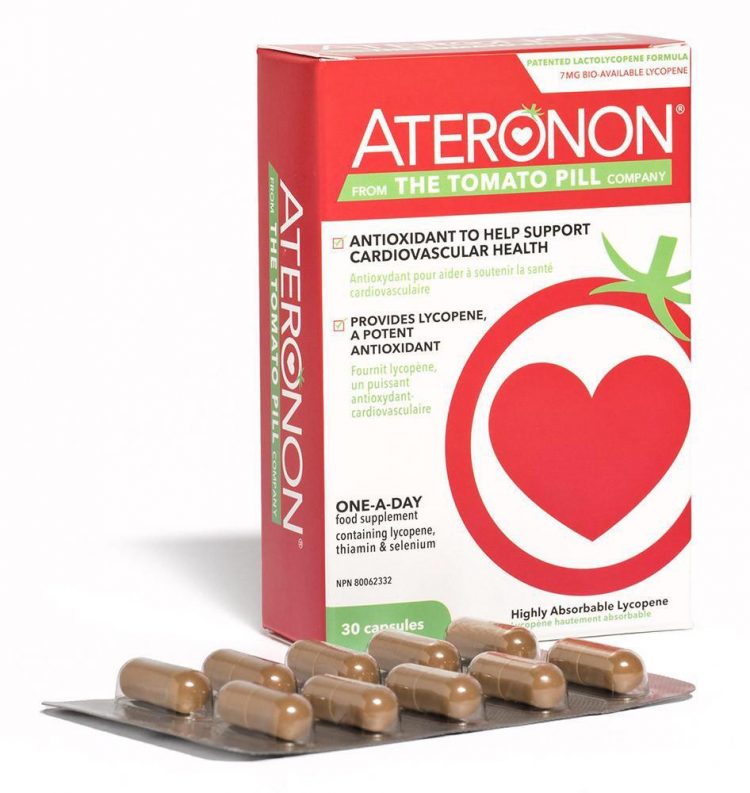
4. Plombage
From the 30s to the 50s, before tuberculosis had a vaccine or effective treatments, doctors used to use plombage to treat it. Plombage, in layman’s terms, is stuffing your lungs with balls. Just one lung, and only with a few types of balls. And sometimes your lung was stuffed with other things. Doctors would cut open the lung and put Lucite balls, ping pong balls, oils, rubber sheets, paraffin wax, and gauze into it in order to collapse the lung and allow it to heal. People who underwent plombage often suffered complications like infection, hemorrhage, and fistulas of the esophagus, skin, membranes, and blood vessels. Infection has been recorded as popping up 57 years after the procedure was done. But for 30 years, plombage was accepted as a successful treatment for TB.

5. The Clyster Syringe
If needles make you nervous, no worries because you wouldn’t see this massive one coming. It goes into your butthole and gives you a nice warm enema, or “clyster,” of whatever the doctor ordered – urine, coffee, boar’s bile, salt water, vinegar, beer (JK that’s more of a 20th-century frat boy thing). Enemas have been around for thousands of years. Much like many celebrities and wealth-hoarders today, Pharaohs in Egypt had a personal “Guardian of the Anus” in their court, whose sole job was to make sure the royal rectum was cleaned out and in perfect condition. God knows what else they had to do to it besides enemas.
Although enemas were no longer seen as a cure-all starting in the 1930s, they remained common practice. For example, women in labor were routinely given enemas so that they didn’t poop during childbirth as they’ve done for, oh, all of human history. They don’t do the pre-baby flush much anymore, because it turns out the mom’s poop might prevent allergies? IDK. But in the past couple of decades, thanks in part to people like Gwyneth Paltrow, they’ve seen a rise in popularity for things like weight loss, acne prevention, and general “health.” I’ve heard an enema is basically like a real-life Face Tune. Hopefully, you’ll never look at Instagram models the same.
The Clyster Syringe is just a really terrifying-looking device used to administer enemas. Not something you want to see your doctor pull out of their bag. Unless you’re into it, no judgment.

